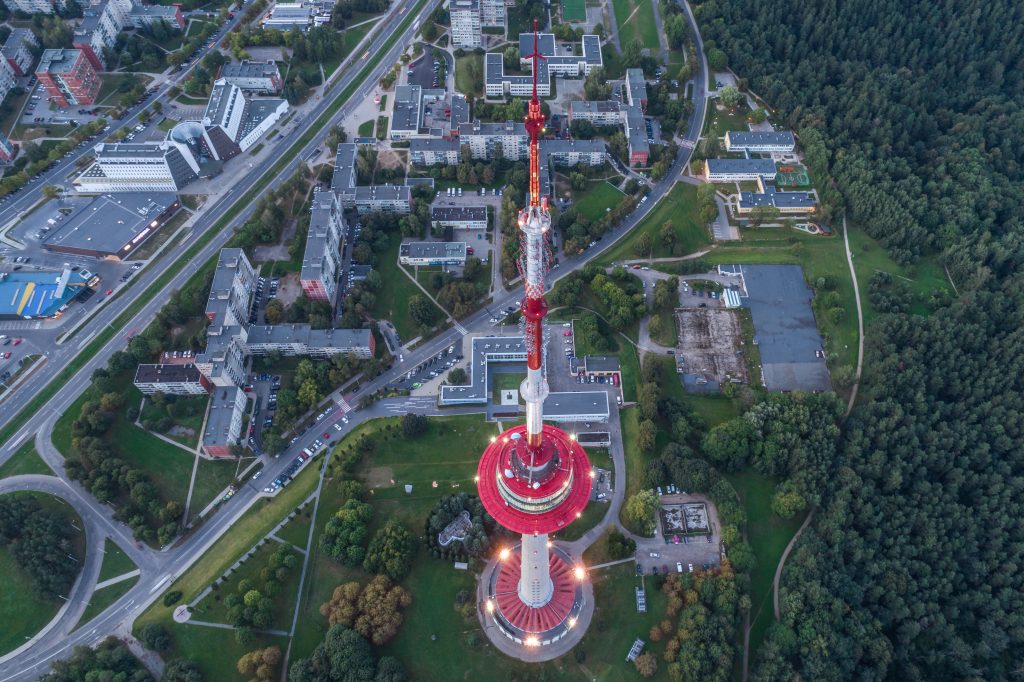
So many changes took place over the previous century – the age we left behind not long ago – that Vilnius might seem both recognisable and at the same time completely different from what it used to be. If you look at photographs of Vilnius in the early 20th century by photo-artist Jan Bułhak, and compare them to present-day Vilnius, you would recognise several buildings and commemorations of traditions. However, you would also miss many places and would see images of entertainment by city dwellers that no longer exist.
Today, you will not see rafts flowing on the Neris River or horses on the city streets, but you can see buses, shop at Halės Market or live in semi-detached houses that were not there in the 20th century. Over the last century, Vilnius expanded very fast and numerous surrounding villages, settlements and even small towns were incorporated into the city’s territory. The introduction of electricity started the engine of the city and Vilnius rushed towards the future at an enormous speed. Living conditions were rapidly improved, innovation and science were developed, factories emerged and entertainment changed. Things that are commonplace for us today seemed like small miracles 100 years ago.
Visit the first cinema and experience the art of illusion by turning on the light and remember the story of the introduction of electricity in Vilnius. Board a bus and consider how the first residents of Vilnius travelled. When you open a tap in the Old Town for a glass of clean water, don’t forget that it comes from a hundred-year-old pumphouse. Look at the changes that occurred over the last century from above by visiting the TV Tower’s observation deck.
